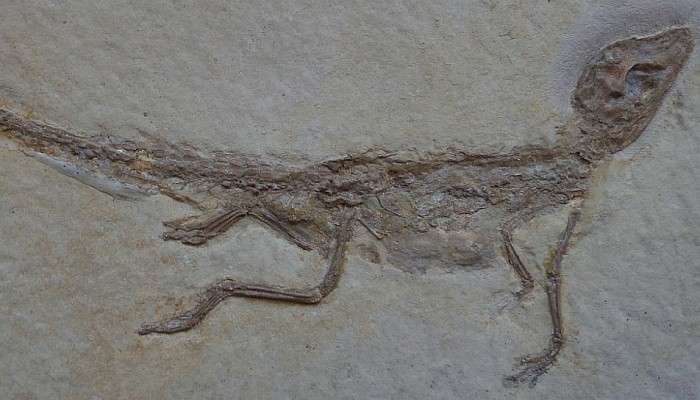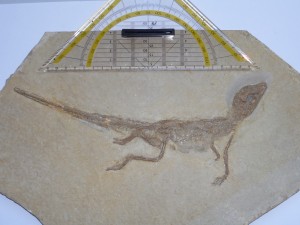Europe 150 million years ago must have been a brilliant place to go on holiday. Tropical islands, warm lagoons to bathe, a warm climate, and nine metre long crocodiles noshing on anything that couldn’t swim fast enough. Ok, so maybe not that great for humans, but if you were an ancient archosaur, living alongside dinosaurs and other now extinct animals, life must have been pretty sweet.
These giant crocodiles were known as metriorhynchids, and were fully adapted to swim in the seas. Living alongside them, though, were smaller but by no means less impressive crocodiles known as atoposaurids. These are the cute little, but unfortunately extinct, guys I’ve been studying as part of my PhD for the last couple of years, and they are some of the best preserved fossil crocodiles we’ve got.




